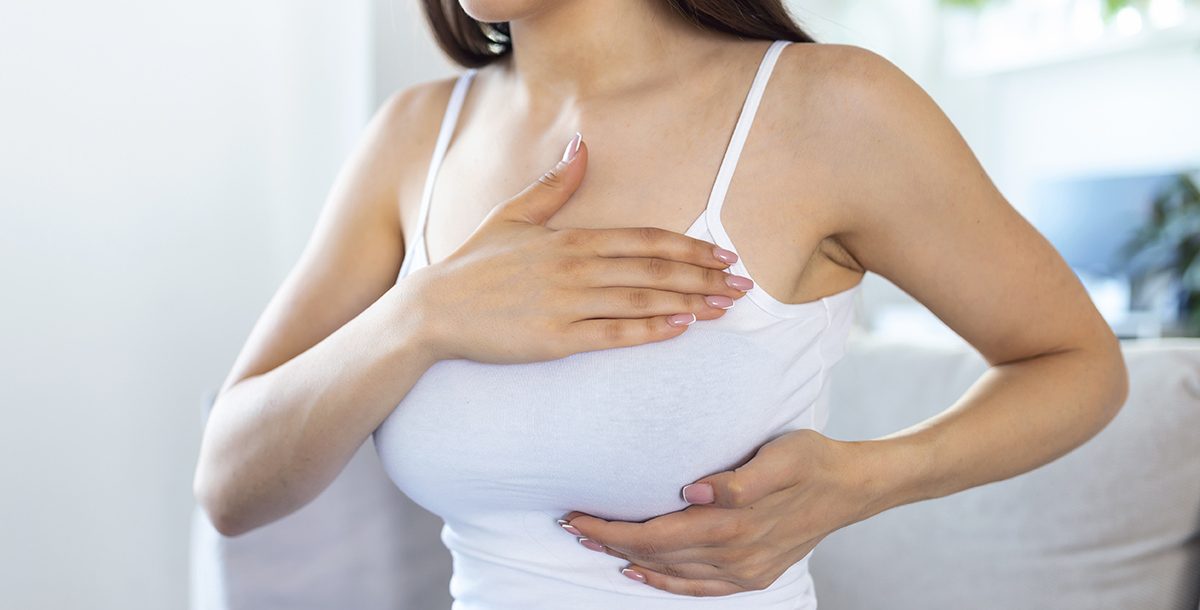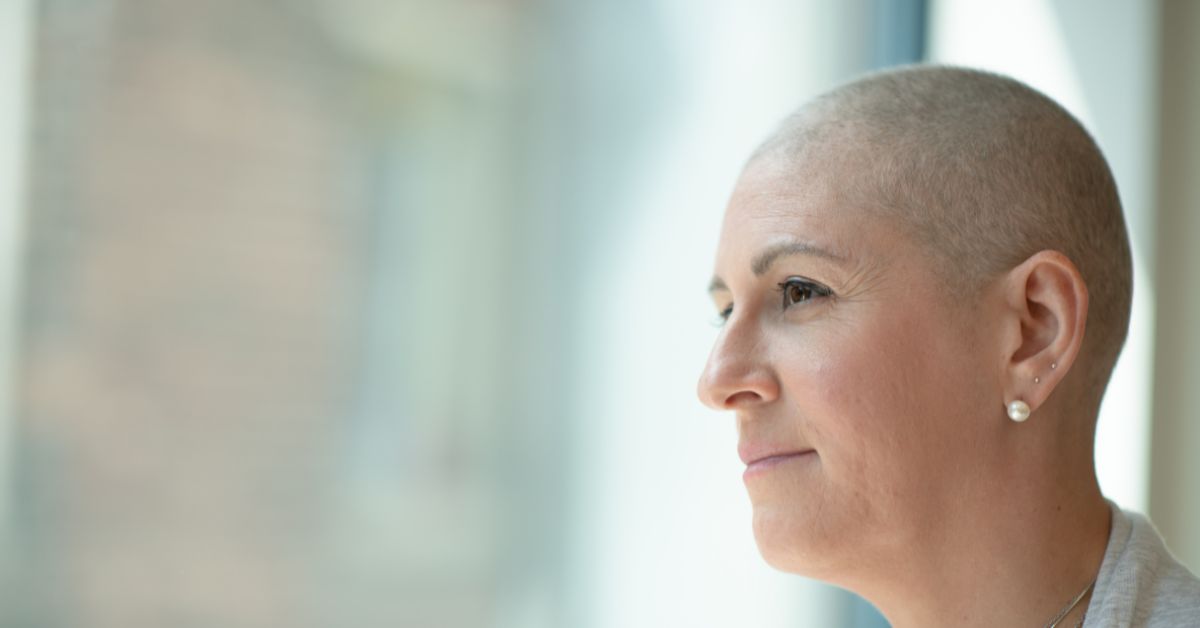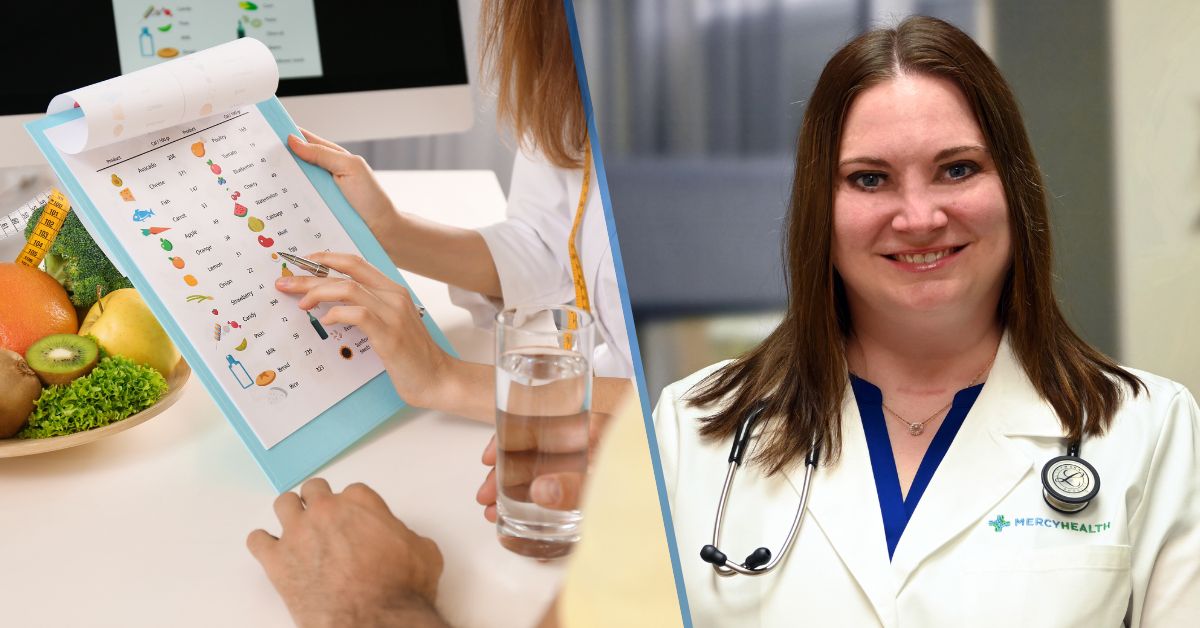People often find out they have breast cancer because they discover lumps in their breast tissue. However, not all lumps are cancer. In fact, about 80 percent of them turn out to not be harmful at all.
It’s still important to take care of your breast health with monthly breast self-exams and regular mammogram screening tests. But how can you know if a lump you’ve found is harmless or not? Visiting your primary care provider is the best way to be sure. Also, learning about the signs to look for can help you feel confident in managing your breast health.
Cancerous vs. non-cancerous breast lumps
When breast cancer has grown to the point that you can feel it, a small, painless lump is the most common sign. You might already know it’s important to look for lumps in your breasts. But how do you tell if a lump might be cancer, especially if your breasts already have a bumpy texture?
A cancer lump usually:
- Feels hard
- Isn’t painful
- Has uneven edges
- Gets bigger over time
- Doesn’t move within your breast tissue when you push on it
A non-cancerous lump is more likely to feel painful or tender. Its texture is usually smooth and rubbery, too. Just because a lump feels a certain way doesn’t mean it is or isn’t cancer. Your primary care provider should ALWAYS examine what you’ve found.
Other signs of breast cancer
Lumps are some of the most common symptoms of breast cancer, but there are others to watch for, too.
You might not find a lump. Or, you might have a lump along with these signs:
- Dimpling and puckering in your skin
- Swelling or pain that doesn’t go away
- A nipple (or nipples) that points inward
- Leaking nipple fluid that’s cloudy or bloody
- Red, scaly or thickened skin on your breasts
How to perform a breast self exam
A breast self exam helps you learn what your breasts normally feel like. That makes it easier to recognize when something in your breast tissue has changed.
Do this easy exam once a month. Aim for a few days after your period as your breasts are less likely to feel tender or swollen then.
- Lie down on your back on your bed. Bend one arm behind your head. Put a pillow under that shoulder if it feels more comfortable. You’ll check the breast on this side first.
- Feel around your whole breast using the pads of your index, middle and ring fingers. Work outwards from your nipple in small, circular motions. Do this around your whole breast.
- Repeat the circular motions on the outer edge of your breast up to your armpit.
- Do this process three times on the same breast. Use a different degree of pressure each time: light pressure moves the top layer of skin, medium pressure presses about halfway into your breast tissue and deep pressure feels into the base of your breast.
- Repeat steps 1 through 4 on your other breast.
Next, it’s time to look for signs of breast cancer you can see. Stand in front of a mirror that shows your breasts clearly. While you’re in these positions, look for the other signs of breast cancer listed above.
Here are several ways to stand when you do this part of your self-exam:
- Stand up straight. Put your arms down at your sides.
- Lift your arms so they’re straight above your head.
- Clasp your hands behind your head with your elbows bent. Point your elbows out, then forward.
- Put your hands on your hips. Lean forward towards the mirror.
When to see your provider
If you find a new lump in your breast or discover other breast cancer symptoms, make an appointment with your primary care provider right away. You’ll have peace of mind knowing what’s happening with your health.
Learn more about breast health as well as the mammograms and breast imaging services we provide at Mercy Health.






